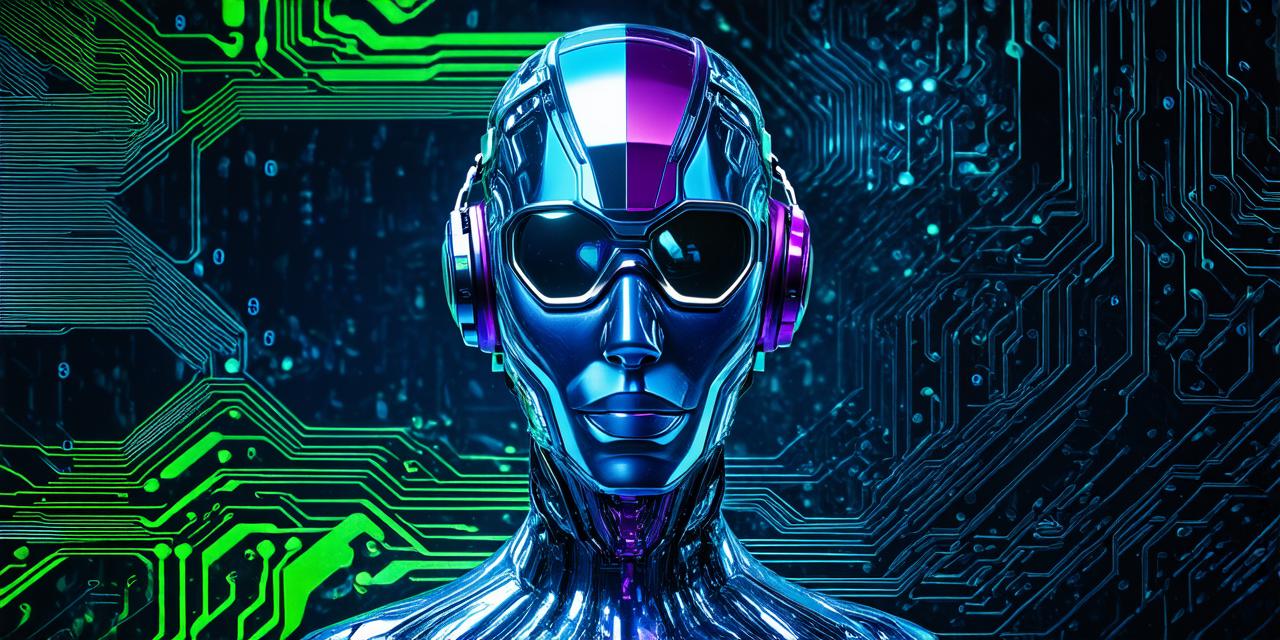Introduction
Virtual reality (VR) is a technology that allows users to experience immersive and interactive digital environments. In simple terms, VR can be described as a computer-generated simulation of a real or imagined environment that the user can interact with using specialized equipment, such as headsets and motion controllers.
What is Virtual Reality?
Virtual reality can be defined as a computer-generated simulation that allows users to interact with a digital environment in a way that feels and looks like being physically present in that environment. The immersive nature of VR technology creates a sense of presence and realism that can be difficult to distinguish from the real world.
The key elements that make up a VR experience are:
- Display: This is the device used to display the virtual environment, such as a headset or projector.
- Input devices: These are the tools used to interact with the virtual environment, such as motion controllers or hand-held devices.
- Computer hardware and software: The VR experience is generated using powerful computer hardware and specialized software that simulates the environment and tracks the user’s movements.
- Sensors: Sensors are used to track the user’s movements and provide feedback to the system, allowing the virtual environment to respond in real-time.
Types of Virtual Reality Experiences
There are several types of VR experiences available, each with its own unique characteristics and applications. The most common types include:
- 360-degree video: This type of VR experience uses a series of 360-degree videos to create an immersive environment that the user can explore in all directions.
- Room-scale VR: This type of VR experience requires a dedicated physical space, where the user moves around within the virtual environment using specialized equipment.
- Wireframe VR: This type of VR experience uses simplified 3D models and wireframes to create a visual representation of the virtual environment.
- Augmented reality (AR): While not strictly VR, AR experiences use digital elements overlaid on the real world to create an interactive and immersive experience.
Real-Life Applications of Virtual Reality
Virtual reality technology has a wide range of potential applications across various industries. Some real-life examples include:
- Gaming and entertainment: VR gaming has become increasingly popular, with companies like Oculus and Sony releasing high-end VR systems for gamers.
- Training and simulation: VR technology can be used to simulate real-world scenarios in a safe environment, such as flight training or military simulations.
- Education: VR can provide an immersive learning experience that allows students to explore historical events, scientific concepts, and more in a virtual environment.
- Therapy: Virtual reality technology has been used for therapy in areas like mental health, addiction treatment, and pain management.
- Architecture and design: VR can be used to create realistic 3D models of buildings and environments, allowing architects and designers to visualize their creations before they are built.
